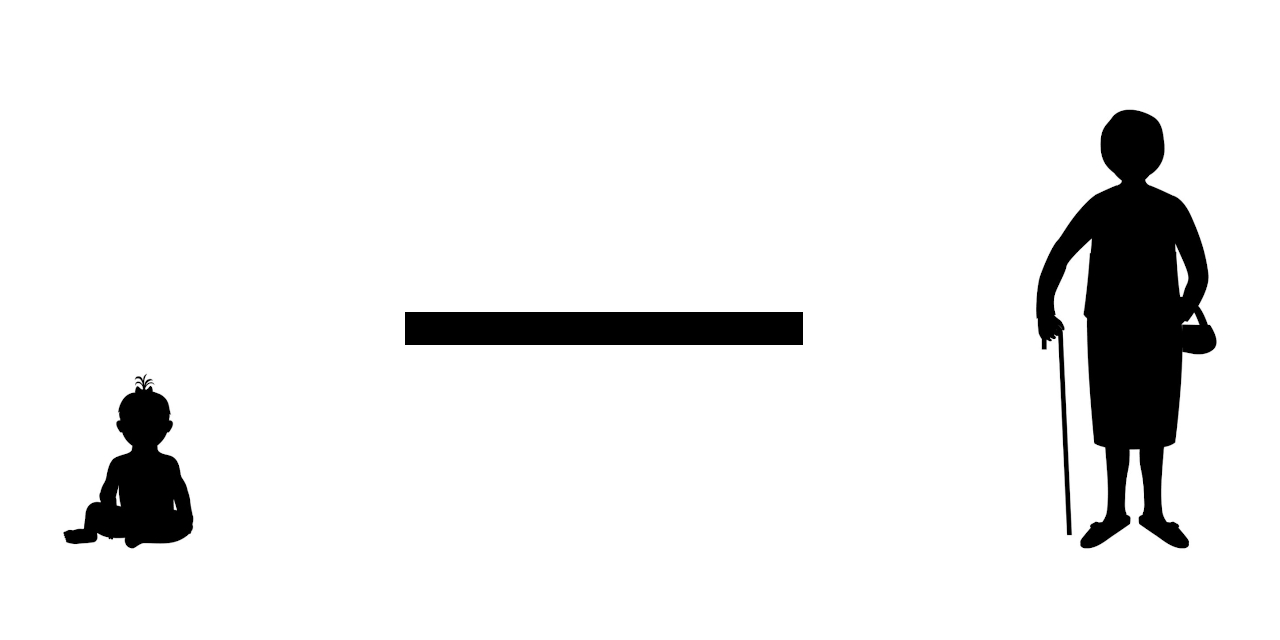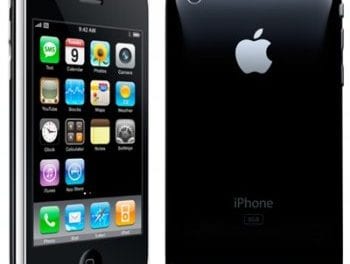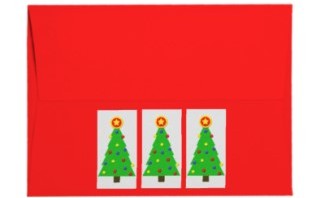By MaryLee Herrmann
Let’s Get Personal
“We provide person-centered care.” You know this line by heart.
Your brochures, website, and tour probably all highlight the phrase.
You believe people matter—and you want prospects and their families to know it.
But what does “person-centered” really mean, in practice?
Does it mean much at all?
Bruce Felt, president of PocketBook Memory (a Foresight partner), says “person-centered care” has become a generic catchall that doesn’t mean diddly-squat when no one has a clue who the individuals in their communities really are.
One resident worked on putting Neil Armstrong on the moon. Wouldn’t know it.
Another was a world-class concert pianist. Who knew?
Take the activities and events you offer, which are intended to have broad appeal to enhance residents’ lives. Unfortunately, they’re not customized. Not tailored to the individual, so they don’t connect with everyone. So, some feel left out.
As Bruce says, what really makes a difference for people is when they receive “personal-centered care.” Care that’s based on an awareness of the individual’s personal needs and interests.
Sounds the Same (But It’s Not!)
Listening to Bruce’s description of the difference between person-centered and personal-centered care reminded me of when my dad was in an assisted living residence. Dad loved to draw. In high school, he dreamed of becoming a graphic designer, a fact I wished I’d known sooner but didn’t find out until I was looking at his high school yearbook shortly after he died.
Thinking back, when I was a kid, there’d often be pencil drawings in the margins of the newspapers he read daily. Sketches of horses and airplanes on his grocery list.
I guess I did know he liked to draw. So, when I found out there was a weekly arts and crafts session at his assisted living community, I encouraged him to attend. He went exactly once—he simply wasn’t interested in making a Halloween decoration out of construction paper, dry macaroni, and Popsicle sticks.
Turns out that what was offered was more of a crafts class. And while it was a fun activity for some residents, and it did have a social aspect, it was not very appealing to people like my dad who had specific personal interests.
He just liked to draw.
Bruce also mentioned how often music from singers like Frank Sinatra is playing in the recreation room during gatherings. As much of a hit as Ol’ Blue Eyes is with many people, not everyone digs his crooning. So, while a number of people are singing along, garnering the feeling of a cozy, familiar tune, it isn’t providing the same nostalgia and enjoyment for everyone. What about the people who are more into The Beach Boys, The Beatles, or Loretta Lynn?
As Bruce spoke, I let him know that while I’m not much of a Sinatra fan myself, his song “My Way” does have a special place in my heart because it’s the first song I learned on the clarinet. Turns out Bruce played clarinet too! We laughed at our shared stories of music classes.
“Shared stories ….” Hmm … sounds like a good way to get to know your residents too, and find out their specific interests, which could help you provide more directed care—aka personal care.
It’s My Party, and I Can Quote If I Want To
As Bruce explained more about personal-centered care, the value, and the huge difference it can make to a resident, a Joan Didion book title came to mind: We Tell Ourselves Stories in Order to Live.
And Oprah Winfrey has said that her main takeaway, after years of interviewing all types of personalities, from celebrities to ordinary people, is we all have one thing in common—we all want to know, “Do you see me?”
Bruce also knows how storytelling is good for the soul. He’s noticed how often seniors in communities feel unseen, invisible. These people have wonderful histories and amazing experiences they just want to tell. To feel valued. To share with someone. As he says, “telling our stories gives us an identity.”
“Let me tell you about John Glenn; now he was a real prankster!”
“I was so nervous the first time I played Carnegie Hall.”
One more addition to this quotation party: Linda Ellis, who wrote “The Dash.” In this poem, she points out that on our tombstones is the date of our birth and the date of our passing. However, what matters most is that “dash” in-between them. Because that dash represents our lives, the choices we made with our time here on Earth. Things we did. Our likes and dislikes, who and what we loved.
- What music did we belt out in the shower?
- What was our favorite city to travel to in the world?
- What song was playing when we had our first kiss?
- What nickname did we get when we were a kid that stayed with us our entire lives?
- What is our most embarrassing moment?
- What is our proudest accomplishment?
- Do these questions make my butt look big? (Just checking you’re still with me!)
The Hyphen-Vigilante
That tiny dash, that hyphen, contains all of what makes up our lives—our own personal stories. This is why I call Bruce a “hyphen-vigilante.” He is a firm believer in how important it is to acknowledge that hyphen for each person—their life stories—and to keep those stories alive.
Customizing care for each individual can appear daunting and costly. Yet, there are some simple things you can do now to make that connection and let your residents know you and your staff genuinely do see them.
One proven and affordable way is Pocketbook Memory’s personalized, handheld video player containing the individual’s own story, showing the moments of that person’s life that make up their unique “dash.”
“That Reminds Me of Something That Happened to Me …”
The video device provides the opportunity for them to reminisce and is a great conversation starter among other residents (“Hey, I was at Woodstock too!”), staff (“Is that you on top of Everest?”), and even visiting family members (“Mom, when did you go skydiving?”).
Each player is a living diary of photos and videos selected by the individual and their families that can be viewed with the touch of a button. One of the best features is the pause button, allowing time to share aloud the memories that go with the images.
Bruce admits he doesn’t have all the answers on how to take a small staff within a large community and learn the individual interests of each senior. However, as a hyphen-vigilante, he knows how important it is to keep finding ways, in order to improve the quality of life for seniors. By making sure their stories stay alive.
See a sample of a Pocketbook Memory personalized video player, and contact Bruce to see how you can become a hyphen-vigilante too. If you’d like to talk more with Bruce about Pocketbook Memory, please fill out this form.









